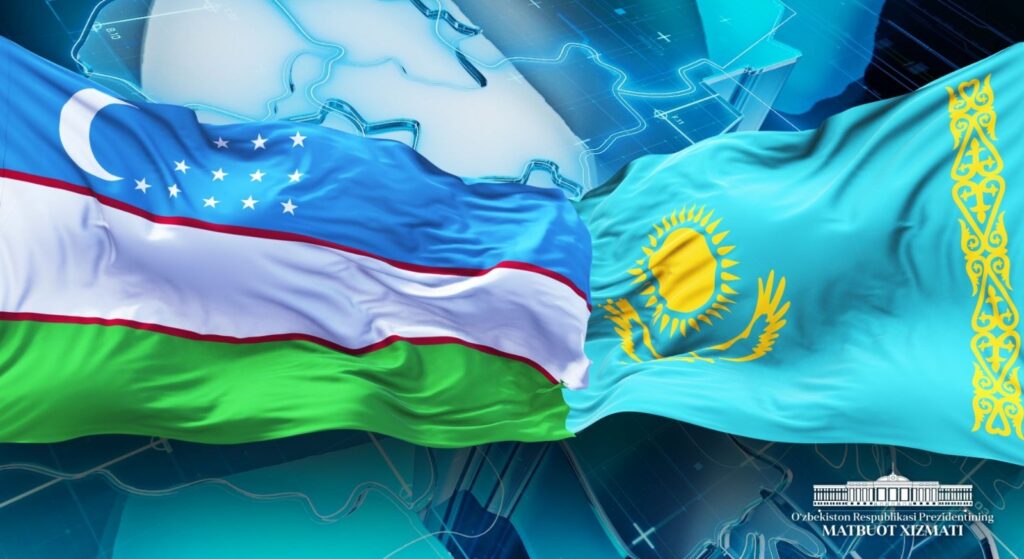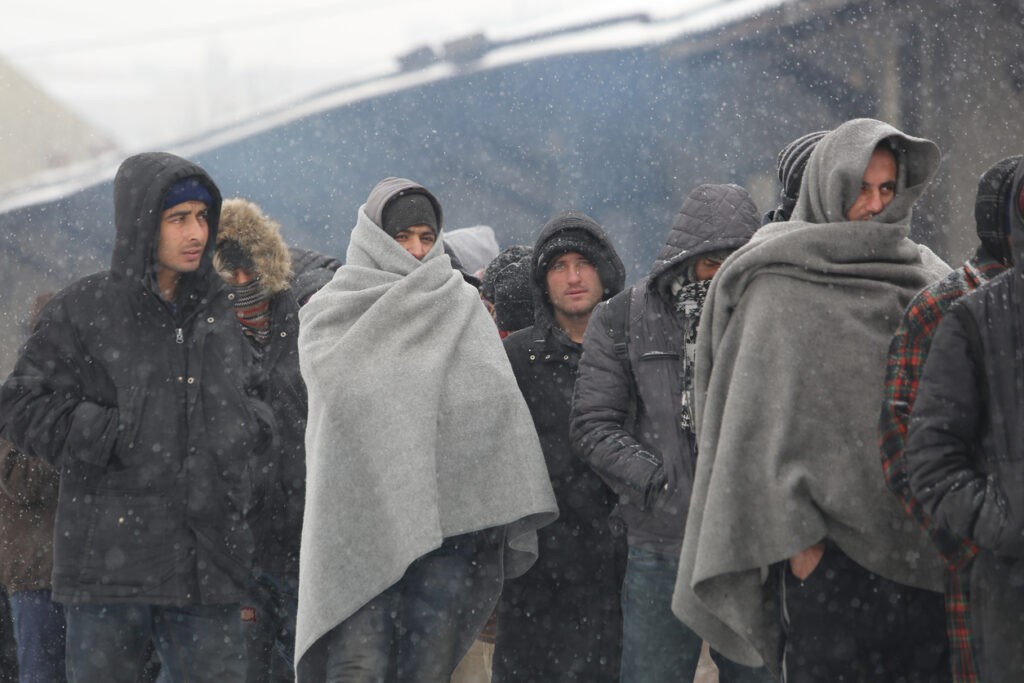Lithuanian intelligence reports that the number of Central Asian migrants in the country has increased 14-fold since 2021.
According to Prime Minister Ingrida Šimonytė, the number overall is still relatively small and is not a cause for concern. She explained that the labor market, once filled by workers from Ukraine and Belarus, has shifted following the call for Ukrainian men to fight in the war. As a result, more Central Asian workers are being hired.
Darius Jauniškis, head of Lithuania’s State Security Department, told LNK News that his agency cannot screen all migrants, raising counter-intelligence and terrorism concerns, and because the government is working on next year’s budget, his remark is perceived as a request for more funding for the VSD (State Security Department).
In response, the Prime Minister said the growth in migrants, though large, isn’t particularly high. She stated that only a few hundred foreign nationals had been issued with temporary residence permits in Lithuania this year, but added: “There were indeed problems. These problems were already partially regulated by existing laws- and – from 2025 onwards, when the quota [for workers from third countries] who can come to Lithuania will be in force, it will be possible to impose additional regulations on these issues.”
Data from the Migration Department shows that as of October 1, around 10,600 Uzbeks were living in Lithuania, compared to 8,200 at the start of the year, and the 998 recorded in early 2022. Thus, Uzbeks now make up the fourth-largest foreign community in Lithuania. The number of migrants from Tajikistan also increased from 5,700 to 7,200 in the first nine months of 2024.









